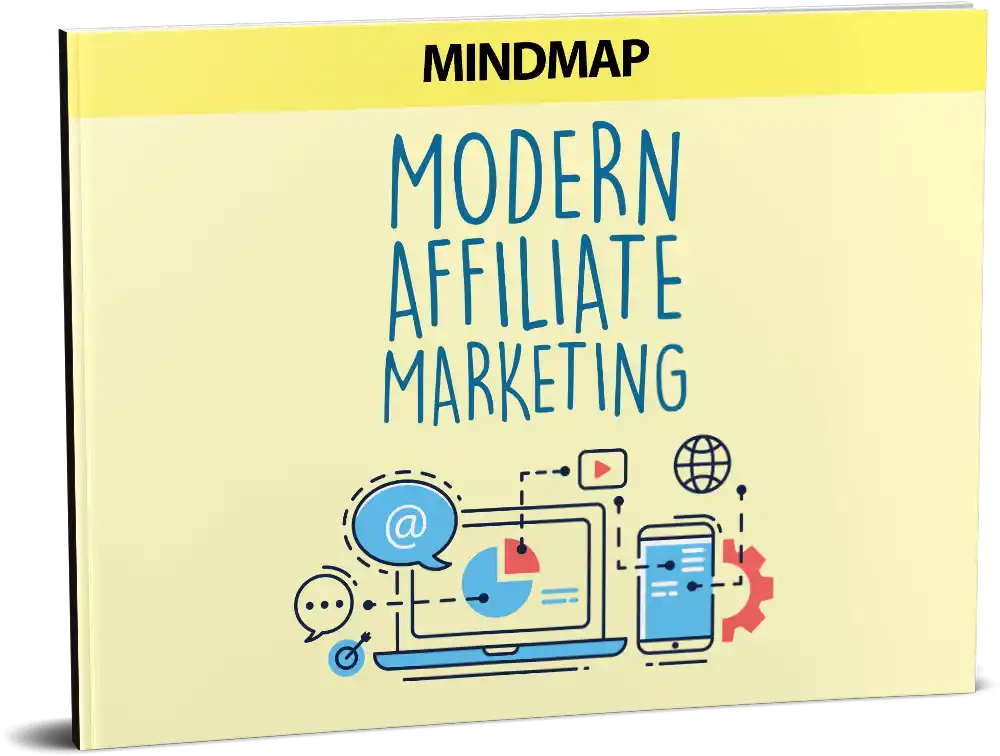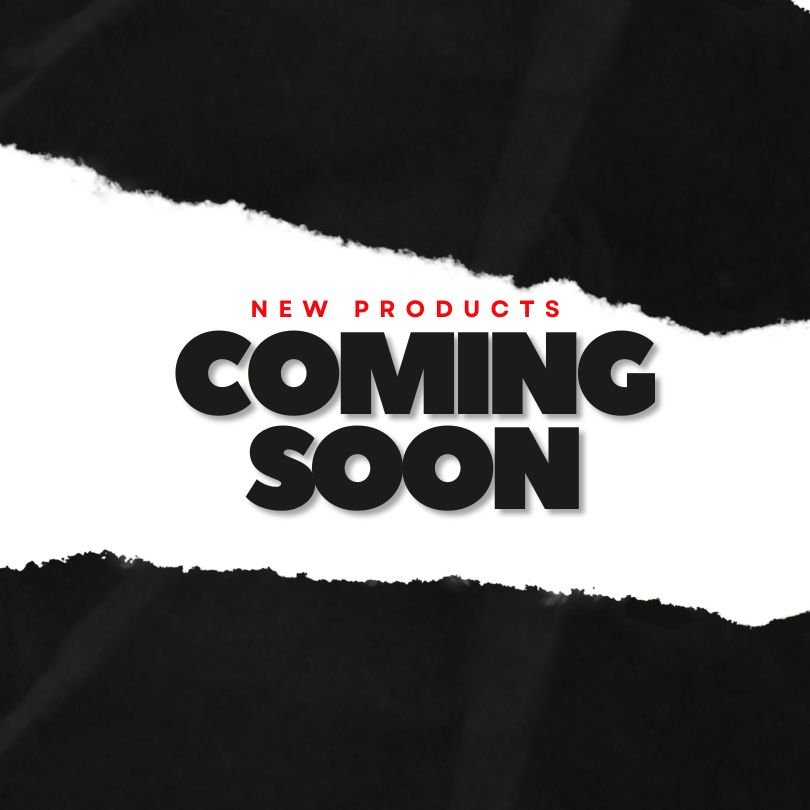
Listen, I’ve spent thousands of hours (and dollars) inside both Mailchimp and HubSpot over the past five years. I’ve launched campaigns for scrappy startups and established enterprises alike. I’ve cursed at my screen, celebrated wins, and spent way too many late nights trying to figure out why that one automation sequence wasn’t triggering properly.
So when my clients ask me which platform they should choose, my answer is always the same: “It depends on what problem you’re actually trying to solve.”
That’s probably not the clean-cut answer you were hoping for, but after migrating clients both ways between these platforms (sometimes painfully), I’ve learned there’s no one-size-fits-all solution. Let me break down the real differences based on my personal experience with both tools.
The Quick Version (For Those Who Hate Long Articles)
Choose Mailchimp if:
- You’re budget-conscious or just starting out
- Email marketing is your primary focus
- You need something simple your team can learn quickly
- You’re willing to integrate with other tools for advanced functionality
Choose HubSpot if:
- You need a complete marketing/sales ecosystem
- Your business relies on complex customer journeys
- You have the budget for their higher-tier plans
- You’re willing to invest time in platform mastery
Now for those who want the full story…
Mailchimp: The Good, The Bad, and The “Why Did They Change That Again?”
What I Love About Mailchimp
I still remember building my first Mailchimp campaign back in 2016 for a local bookstore. Within an hour, I had designed a decent-looking email newsletter that drove actual sales. That initial ease of use remains Mailchimp’s greatest strength.
Their drag-and-drop email builder is genuinely intuitive. Last summer, I taught a 65-year-old business owner how to create and send her own campaigns in a single afternoon. She’s been self-sufficient ever since.
The pricing structure also makes sense for growing businesses. I’ve launched several projects where we started with Mailchimp’s free plan (good for up to 2,000 contacts) and gradually scaled up as revenue increased. That kind of flexibility matters when every dollar counts.
Their automation capabilities have improved tremendously over the years. For one e-commerce client, we set up a post-purchase sequence that generated an additional 22% in revenue through thoughtful follow-ups and cross-sells – all completely automated.
What Makes Me Want to Pull My Hair Out
Let me tell you about the template debacle of 2022. Mailchimp’s interface redesign completely changed how saved templates worked, and I spent an entire weekend rebuilding client templates that suddenly looked broken. Their support basically said, “Yeah, that happens with updates.”
Speaking of support – it’s hit or miss at best. I’ve had fantastic help from some agents and utterly useless responses from others. When we exceeded our monthly email send limit unexpectedly for a nonprofit client’s year-end campaign, it took three days to get someone to help us upgrade mid-month. Not ideal when you’re on a deadline.
The reporting, while improved, still feels clunky compared to other platforms. Getting granular data often requires exporting to Excel and doing manual analysis. For one detailed campaign comparison, I ended up building a separate dashboard because I couldn’t easily visualize the metrics I needed within Mailchimp itself.
Their CRM functionality feels more like an afterthought than a core feature. We tried using it for a small consulting firm but eventually gave up and integrated with a dedicated CRM instead.
HubSpot: Powerful, Pricey, and Occasionally Pretentious
Why I Sometimes Recommend HubSpot Despite the Cost
Two years ago, I helped a B2B software company migrate from Mailchimp to HubSpot. The difference in their marketing performance was dramatic – not because HubSpot has magical powers, but because it forced their team to think holistically about their customer journey.
HubSpot’s greatest strength is integration. Having your website CMS, blog, landing pages, email marketing, social media tools, ads, and CRM in one platform creates powerful synergies. For companies selling complex products with longer sales cycles, this ecosystem approach reveals insights you simply won’t get with disconnected tools.
Their automation capabilities are genuinely impressive. For one client, we built a lead scoring system that automatically routed high-potential prospects to sales while nurturing lower-scoring leads through targeted content sequences. Their conversion rate from marketing qualified lead to sales qualified lead improved by 34% within two quarters.
The analytics and reporting are substantially more robust than Mailchimp’s. Being able to track a customer from first website visit through to closed deal (and beyond to upsells) gives you conviction about what’s working and what isn’t.
Their support team is generally excellent. When we had an issue with a complex workflow, our rep spent nearly two hours on a video call helping us troubleshoot and rebuild it correctly. Try getting that level of help on Mailchimp’s base plans.
The Parts Nobody Talks About Enough
Let’s address the elephant in the room: HubSpot is expensive. Really expensive as you grow. One mid-size client saw their annual costs jump from around $15,000 to over $38,000 in just 18 months as they added contacts and needed more features. That renewal conversation was… uncomfortable.
The learning curve is steep and sometimes frustrating. I still remember spending three full days just trying to properly configure a custom event tracking implementation for a client’s webinar program. Even after using the platform for years, I occasionally discover entirely new sections I didn’t know existed.
The all-in-one approach can become a golden handcuff situation. A retail client wanted to switch their website to Shopify, but they’d built so many interdependencies in HubSpot that the project scope became overwhelming. They ultimately stayed with a suboptimal solution because the switching costs were too high.
While their basic email builder is fine, I actually find Mailchimp’s creative tools more intuitive for quick, visually impressive campaigns. When we need to create something beautiful fast, my team often designs in Mailchimp and then recreates it in HubSpot – an inefficient workaround.
Real-World Performance Comparisons
Email Deliverability: Closer Than You’d Think
Despite what the sales reps will tell you, I’ve tracked deliverability rates across dozens of campaigns on both platforms, and the differences are minimal. For one financial services client, we ran an A/B test sending identical emails through both platforms to segments of their list. Deliverability differed by less than 1%.
That said, HubSpot’s deliverability tools provide more guidance and preventative measures to keep your sender reputation healthy. Mailchimp tends to be more reactive – you often don’t know there’s a problem until after it impacts your campaigns.
Automation Capabilities: A Clear Winner
For anything beyond basic autoresponders, HubSpot wins handily. Last year, I built a customer onboarding sequence for a SaaS client that branched into six different paths based on user behavior, product engagement, and support interactions. This would have been nearly impossible to execute cleanly in Mailchimp.
However, for straightforward email automation like abandoned cart sequences or welcome series, both platforms perform admirably. The difference only matters when you need complex, multi-channel journeys.
Analytics That Actually Inform Decisions
HubSpot’s reporting capabilities provide clearer insights for strategic decisions. For a healthcare client, we were able to identify that leads who engaged with specific educational content converted at 3x the rate of other leads, which completely changed their content strategy.
Mailchimp gives you the basics, but often leaves you wondering about the “why” behind the numbers. I frequently find myself exporting Mailchimp data to perform analyses that HubSpot offers natively.
Choosing the Right Tool for Your Specific Needs
After working with dozens of clients across both platforms, I’ve developed a simple framework for deciding which tool makes more sense:
Choose Mailchimp If:
- You’re primarily focused on email marketing. If your core need is sending newsletters, promotional campaigns, and basic automated sequences, Mailchimp will serve you well at a lower cost.
- Budget is a major consideration. You can run effective email marketing on Mailchimp for a fraction of HubSpot’s cost. One small business client generates over $45,000 monthly from Mailchimp campaigns on a $150/month plan.
- You value design flexibility. Despite HubSpot’s many strengths, I still find Mailchimp superior for quickly creating visually distinctive emails.
- Your team needs something simple. The learning curve for basic Mailchimp functions is much gentler. New team members can typically be productive within days rather than weeks.
Choose HubSpot If:
- You need a unified marketing ecosystem. The power of having your website, CRM, marketing tools, and customer service platform working together cannot be overstated for certain business models.
- Your sales process is complex. If you’re selling high-value products or services with longer decision cycles, HubSpot’s enhanced lead nurturing and tracking capabilities justify the cost.
- You’re scaling rapidly. HubSpot is built to grow with you, while Mailchimp can start feeling constraining as your marketing sophistication increases.
- Data-driven decision making is crucial. The depth and integration of HubSpot’s analytics give you insights that are difficult or impossible to obtain with Mailchimp alone.
Finding Your Path Forward in Digital Marketing
Whether you choose Mailchimp, HubSpot, or another platform entirely, the most important factor is how well it aligns with your actual business needs and processes.
I’ve seen companies waste enormous sums on HubSpot licenses they barely used, and I’ve watched others try to force increasingly complex marketing programs into Mailchimp’s more limited framework. Both mistakes can be costly.
Looking for guidance on your digital marketing journey? Beyond tool selection, many businesses benefit from having skilled professionals help implement their marketing strategies. Live Chat Jobs connects businesses with qualified digital marketing specialists who can help you maximize your results regardless of which platform you choose.
My Final Take After 5+ Years
If you’re just starting out or running a small to medium business with straightforward marketing needs, Mailchimp will likely give you the best return on investment. Its limitations only become problematic as your marketing strategies grow more sophisticated.
For businesses with complex sales cycles, multiple buyer personas, and the resources to fully leverage an integrated platform, HubSpot’s ecosystem provides advantages that justify its premium pricing.
The worst choice is paying for capabilities you don’t use or trying to force a limited tool to do more than it was designed for. I’ve watched clients make both mistakes, and neither ends well.
Find qualified marketing specialists today who can help you implement your digital marketing strategy, regardless of which platform you choose.
Remember what my first marketing mentor told me: “The best marketing tool isn’t the one with the most features – it’s the one you’ll actually use effectively.” Whether that’s Mailchimp, HubSpot, or something else entirely depends on your specific situation and goals.



